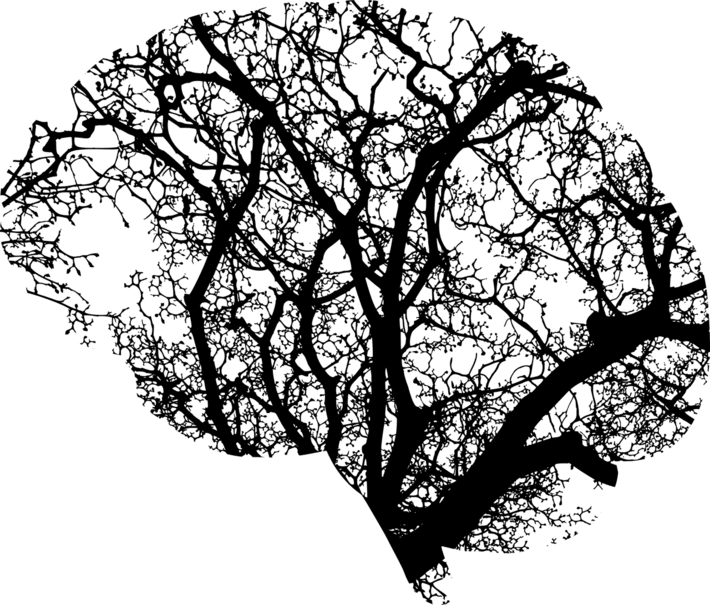
Happy new year!
This year , let’s start with an issue that gained so much prominence over the last two years: mental health. A variety of AI techniques and strategies have been employed in mental health.
In this post, we summarise the findings based on a paper (link below)
Summary
- The main predictor variables used as input data include electronic health records (EHRs), mood rating scales, brain imaging data, novel monitoring systems (e.g., smartphone, video), social media platforms (e.g., Twitter)
- The most common mental condition investigated in these studies was Depression. However, there are also examples of AI applied to schizophrenia and other psychiatric illnesses, suicidal ideation/ attempts, and general mental health.
- Participants in these studies were either healthy controls subjects or were diagnosed with a specified mental illness.
- Sample sizes ranged from small (n = 28) to large (n = 819,951).
- Supervised Machine Learning was the most common AI technique, and a proportion of studies also used NLP before applying ML.
- Cross-validation techniques were most common, but several studies also tested the algorithm on a held-out subsample not used for training or in an external validation sample.
- Examples of accuracies are 62% from smartphone data; 63% from social media posts); 98% from clinical measures of physical function (BMI, cholesterol, etc.) and 97% from sociodemographic variables and physical comorbidities). For predicting responses to antidepressants, ML methods were used in some studies. Also, other studies correlated factors like education to mental health.
- NLP techniques identified symptoms of severe mental illness from EHR data (precision = 90%; recall = 85%).
- ML and DL techniques were used with Brain MRI to identify neuroanatomical subtypes of schizophrenia with 63–71% accuracy, and fMRI features classified schizophrenia (vs. controls) with 87% accuracy.
- Metrics depended on data: Health insurance records (AUC = 0.69), survey and text message data (sensitivity = 0.76; specificity = 0.62) , and EHRs (suicidal ideation; sensitivity = 88%; precision = 92%.
Limitations of AI and Mental Health Studies
- For small sample sizes, overfitting of the ML algorithms was a problem.
- The predictive ability of these studies is confined to the features used for the ML models. Hence there could be other features that could play a role in the condition, but these may not be identified.
- The results may be valid for specific conditions or specific demographics.
- In many cases, it was unclear about the meaning and significance of the results, such as comparison to clinical diagnosis.
- Binary classifiers were more commonly used than regression models (i.e., continuous scores) due to being easier to train; this resulted in overlooking the severity of a condition (which is identified by regression).
- Finally, it is challenging to model rare events (such as suicides) leading to highly unbalanced datasets. To overcome these challenges, techniques employed in these studies included under-sampling, over-sampling, and ensemble learning methods (combining several models to reduce variance and improve predictions)
Future Research Directions and Recommendations
- In the future, we could define mental illnesses more objectively than the current DSM-5 classification schema. We could also identify mental illnesses earlier when interventions may be more effective. Finally, we could tailor treatments to the unique characteristics of an individual.
- The need for large datasets to discover new relationships between mental illnesses and latent variables.
Based on
Artificial Intelligence for Mental Health and Mental Illnesses: an …
Image source: pixabay
